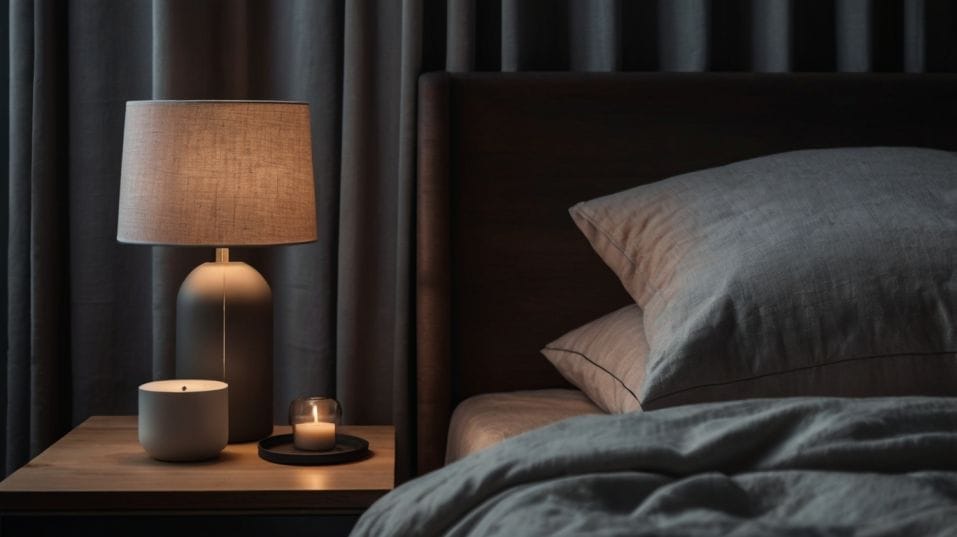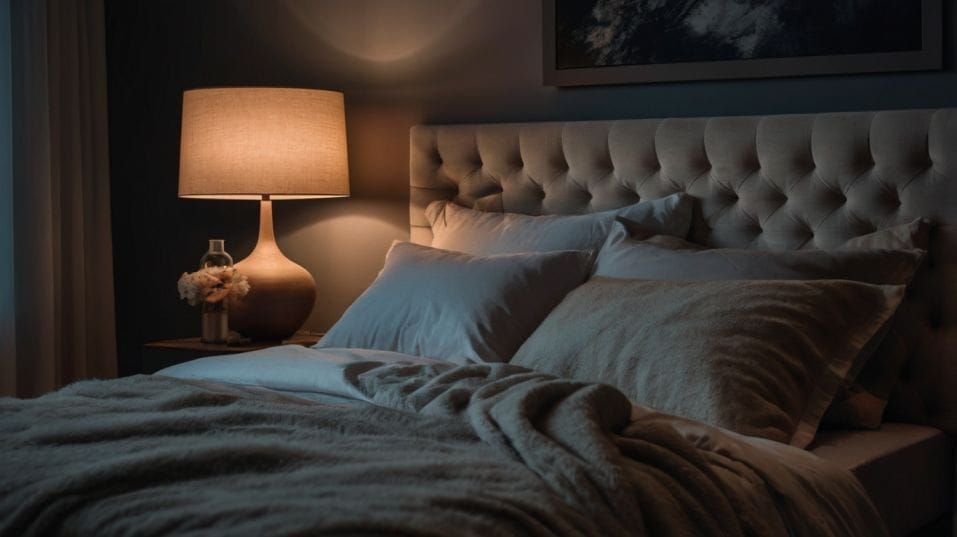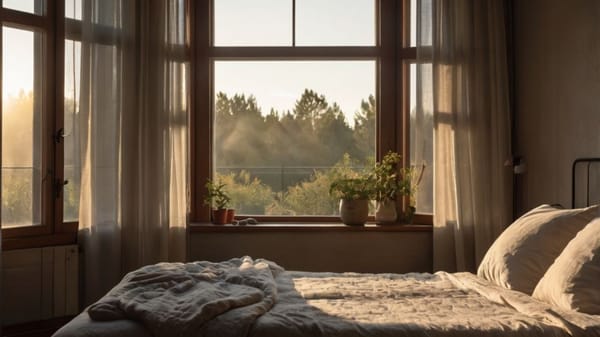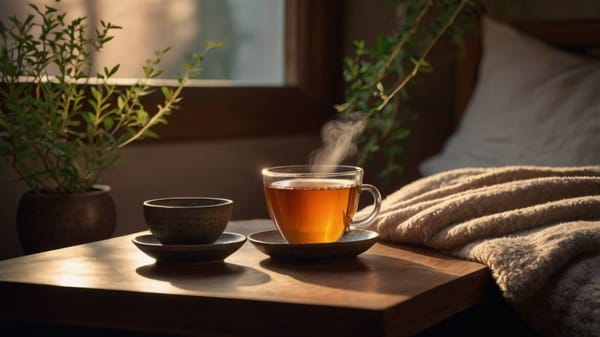What Sleep-Enhancing Wearables Are Actually Worth It?
Discover the sleep wearables that actually work. No fluff—just smart tools to boost recovery, energy, and mental clarity every day.

Ever wish you could see what’s messing with your sleep—and actually fix it? You’re not alone.
If you’re new to sleep optimization, the right wearable can be a total game changer. But here’s the kicker: most sleep trackers are all fluff, no follow-through.
You need something that gives real feedback, helps you build better habits, and makes your mornings feel like a win. Let’s break down which tools are actually worth your time—and which to skip.
Data Is Only Useful If You Act On It
Let’s start with the basics: tracking is not optimizing. Plenty of devices monitor your sleep stages and spit out a “sleep score,” but that number alone won’t improve your nights.
What matters is how you use that data. The best wearables help you recognize patterns and adjust—without needing a PhD in sleep science.
Say you notice your REM sleep tanks on nights you scroll before bed. Or your body temperature spikes when you eat too late.
A solid wearable doesn’t just show that trend—it helps you course-correct in real time. This is what separates the sleep-optimized from the sleep-obsessed.
If the wearable doesn’t actively help you form better sleep habits—like sticking to consistent bedtimes, managing recovery, or calming your nervous system—it’s not worth the wrist space.
The Standouts: What’s Worth It (and Why)
A few devices rise above the noise. Not because they have the fanciest sensors, but because they combine accurate tracking with real, actionable coaching. These are the wearables that actually move the needle on your sleep quality.

Oura Ring: Effortless Insight Without the Disruption
This one’s a favorite for good reason. Oura isn’t just sleek—it’s incredibly smart.
It tracks heart rate variability, body temperature, and sleep stages with surprising precision for something that looks like a simple ring. But the magic is in the feedback.
Oura gives you a “readiness” score every morning, pulling together your sleep quality, recovery, and recent activity.
That number isn’t just a vanity metric. It helps you decide when to push and when to rest. And since it tracks trends over time, you’ll start to see exactly what messes with your sleep—travel, alcohol, late workouts—and how to adjust.
It’s discreet, comfortable, and doesn't light up your room like a mini spaceship. You’ll forget you're wearing it, which is kind of the point.
Whoop Strap: For the Performance-Oriented Sleeper
If you like structure, competition, or pushing limits, Whoop speaks your language. Originally built for athletes, Whoop goes beyond casual sleep tracking.
It calculates “strain” from your daily effort and gives you a tailored sleep need to recover properly. Then it tells you exactly when to go to bed.
That level of precision is what sets Whoop apart. It doesn’t just say “you slept six hours.” It says “you needed 8:20 to recover from today—and here’s how you did.” That’s accountability in your pocket.
It’s also one of the only wearables that monitors sleep debt over time, which means you can finally stop guessing if you're "caught up."
The tradeoff? It’s subscription-based and not the most stylish. But for performance-driven people, it delivers exactly what you need to optimize both sleep and output.
Apple Watch (with Sleep+ Focus Features): The Familiar Upgrade
The Apple Watch wasn’t born to be a sleep tool, but it’s grown into a solid option—especially if you already use it for fitness, scheduling, or mindfulness.
With recent software updates, it now tracks sleep stages and offers Wind Down and Focus modes that actually help you prepare for sleep, not just track it.
It syncs seamlessly with your phone’s Health app, integrates with mindfulness tools like Calm or Headspace, and sends nudges to stay on routine.
If you're already in the Apple ecosystem, this is the easiest way to add smart sleep habits to your day without adding another gadget.
No, it’s not as specialized as Oura or Whoop, but it’s convenient. And for many people, convenience means consistency.
Going Deeper: Next-Level Tools That Calm the Brain
If your issue isn’t knowing how to sleep better—but getting your brain to chill—some wearables can help you train your nervous system directly.
Muse S: Real-Time Feedback for Wind-Down Wins
Muse is less about tracking sleep after it happens and more about getting your mind in the right state before it does.
The Muse S is a soft headband with EEG sensors that guide you through meditation or relaxation techniques based on your actual brain activity.
In other words, it doesn’t just tell you to relax. It shows you how, in real time. That’s huge if you deal with racing thoughts, chronic stress, or trouble unwinding before bed.
Muse can also guide you through sleep-focused meditations and even track how calm you are during them. It’s a power tool for people who want deeper rest without diving into medication or guesswork.
Dreem (if you can find it): Science in a Headband
The Dreem headband is harder to find these days, but it’s worth mentioning because of its innovative approach.
It tracks brainwaves, breathing, and heart rate—and actively works to improve your deep sleep by using subtle audio stimulation timed to your sleep stages.
This isn’t for casual users. But if you’re trying to rebuild your sleep architecture (especially if you’ve burned out, overtrained, or been through sleep deprivation), this is one of the few consumer tools that can help you shift deeper without pills or extreme interventions.
Fit It Into Your Life or It Won’t Last
All the tracking in the world means nothing if you stop using it after a week. That’s why form factor matters. Think about when and how you’ll wear it.
Rings are subtle. Headbands are more specialized. Straps require more commitment. Watches can multitask. Choose the one that makes the fewest demands on your attention—and the most impact on your behavior.
And here’s a tip: don’t try to overhaul everything at once. Start by wearing it consistently. Let the data settle for a few days.
Then make one small change—an earlier bedtime, shorter screen use, less caffeine after lunch—and watch how your scores shift. That’s how habits take hold.
Final Thoughts
The best sleep wearable is the one that actually helps you sleep—not just one that collects another set of numbers. Look for a tool that makes change easy. That fits into your routine. That helps you act on what it tracks.
Oura is great for minimalists who want deep insight. Whoop is ideal if you’re performance-minded and want structure.
Apple Watch is perfect if you value convenience and habit-stacking. Muse and Dreem are next-level tools for people who want to train the brain to wind down.
You don’t need all of them. You just need the right one—something that helps you show up better, recover faster, focus longer, and feel more human when you wake up.
Start now. Pick the tool that fits your life. Use it every day. Build the habits that stick. Better sleep is the gateway drug to a better life—and you’re one smart choice away from getting there.




